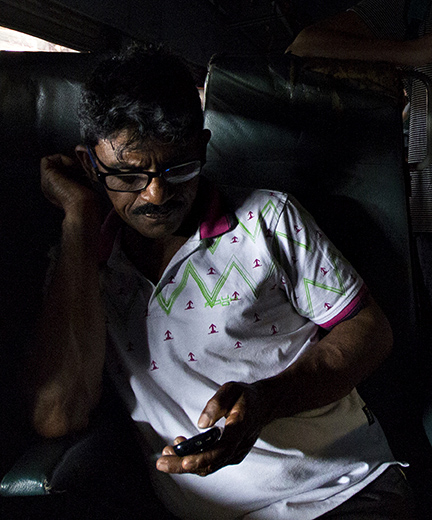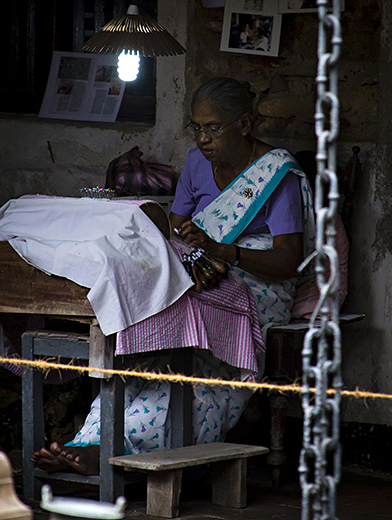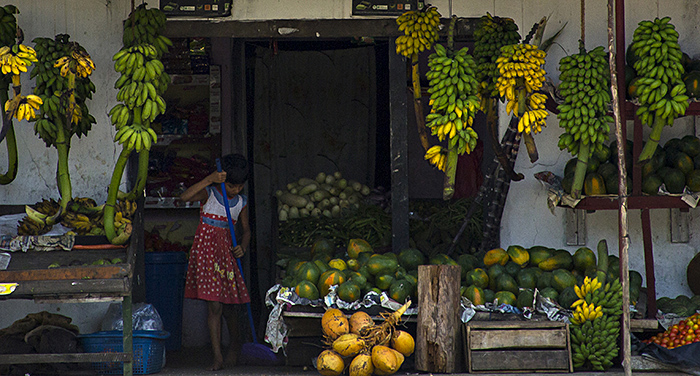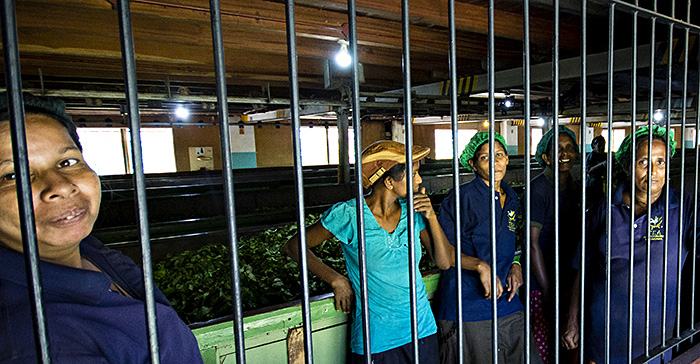Hello friends! Here I’m for the first post of a trip that will last almost four months and probably will be, for various reasons, the last long journey of my life. I did not quit the job: the company has granted me 4 months, called “sabbaticals”, in which I will not work (obviously not paid) for having reached the fifth year. A surprising result of which the company can be very proud, since before no company managed to keep me not even until the second year! But to be honest the sun and the sea of Malta have contributed greatly to this goal. For the same reason, I have also received as a gift a voucher of 1250 euros to be used for air flights. So, unlike my other long journeys, made mainly following an itinerary by land, this time you will see me fluttering like a joyous dragonfly from one petal to another of this part of the planet. As you see, even my dry style does not disdain from time to time some colorful metaphor.
The first stop is Sri Lanka, and I still don’t tell you the next stops. You will discover them by traveling here with me on Dekaro Diary! But if you want to reach me physically somewhere for travelling together a couple of weeks, let me know.
But now don’t run away for the usual “historical pill”. I will be brief. Sri Lanka, formerly Ceylon, is an island in the south of India, 433 km long and 244 km wide, with 21 million inhabitants.
In general, it is inhabited by the Sinhalese to the southwest, mainly Buddhists, and by the Tamil minority, to the north-east, mainly Hindus from South India. For centuries these two ethnic groups have coexisted, sometimes peacefully sometimes waging war.
In the 16th century it was colonized by the Portuguese, about a century later by the Dutch and by the early nineteenth century by the British until the independence in 1948.
With democracy, the Sinhalese majority could enact laws clearly discriminatory against the Tamil minority, which started an independence movement that led to a sort of unrecognized state, with its own laws, tax authorities, police, etc. .
In 1983 began a civil war for independence led by the Tamil Tigers (Tigers for the Liberation of Tamil Eelam, LTTE), that sometimes used terrorist tactics. They had a regular army and even an own air force that bombed Columbus airport in 2007.
The civil war tormented especially the areas of the north-east inhabited by Tamils, that were also hit by the tragedy of the tsunami in 2004, with over 40,000 victims and the destruction of large areas of the coastal area.
In 2009 the government defeated the Tamil Tigers and a couple of years later removed the state of emergency.
Let’s see the photos.
 The capital, Colombo , is, like many big Asian cities, a mix of old decrepit buildings togheter with new buildings that seem coming out from a science fiction movie. On the streets, the usual perennial traffic. I haven’t seen much of the city, but I’ll visit it better when I will be back there.
The capital, Colombo , is, like many big Asian cities, a mix of old decrepit buildings togheter with new buildings that seem coming out from a science fiction movie. On the streets, the usual perennial traffic. I haven’t seen much of the city, but I’ll visit it better when I will be back there.
 The train is often the best way to travel between cities.
The train is often the best way to travel between cities.
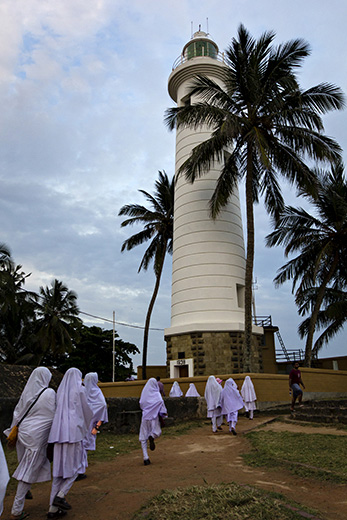 Galle, a sothern small town, fortified by Portuguese and Dutch settlers. It has always been one of the main ports of Sri Lanka. The lighthouse, still active today, is its best known landmark.
Galle, a sothern small town, fortified by Portuguese and Dutch settlers. It has always been one of the main ports of Sri Lanka. The lighthouse, still active today, is its best known landmark.
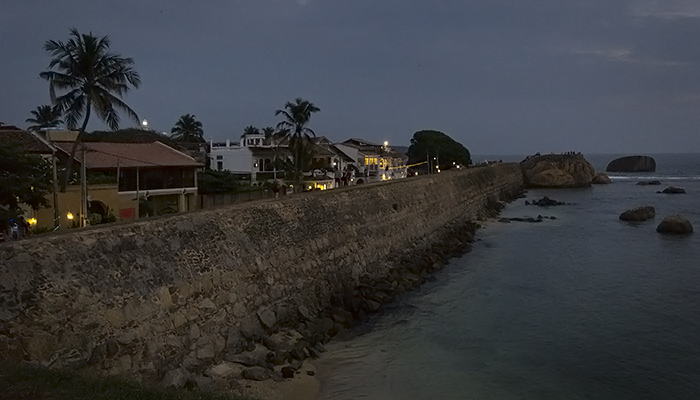 The fortification wall that surrounds the city.
The fortification wall that surrounds the city.
 Bird flies away with a blade of grass to build the nest.
Bird flies away with a blade of grass to build the nest.
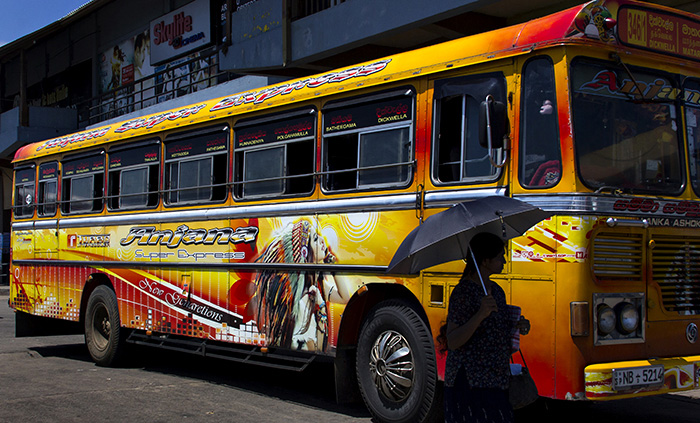 As elsewhere in Asia, buses are colorful.
As elsewhere in Asia, buses are colorful.
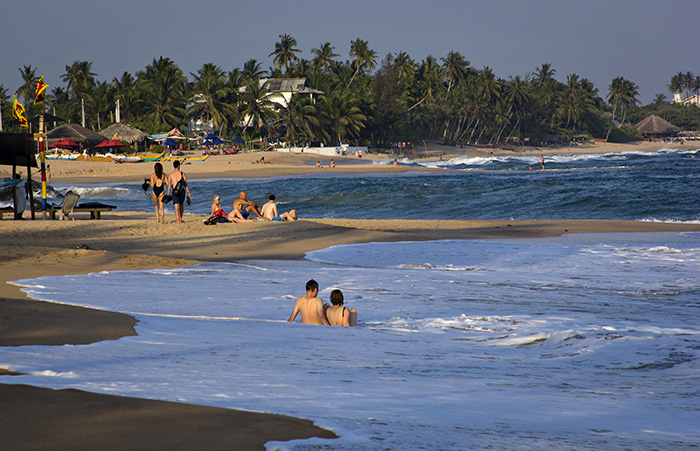 One of the beaches of Tangalle, in the south.
One of the beaches of Tangalle, in the south.
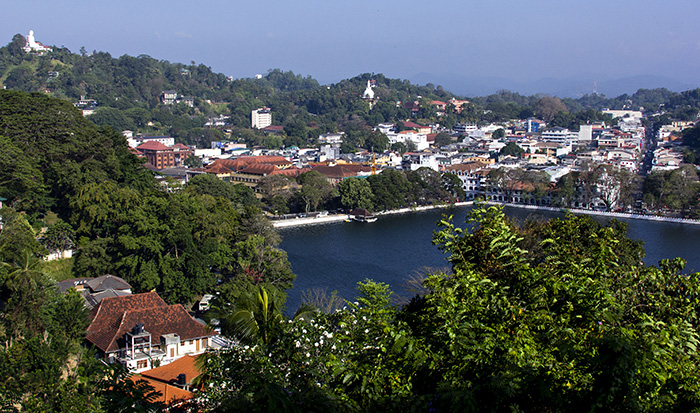 Kandy, in the middle of the island. From the end of the fifteenth century it was the capital of the Kingdom of Kandy, the only one that resisted the Portuguese and Dutch domination. It is still today one of the main cultural centers.
Kandy, in the middle of the island. From the end of the fifteenth century it was the capital of the Kingdom of Kandy, the only one that resisted the Portuguese and Dutch domination. It is still today one of the main cultural centers.
 The face of the giant Buddha statue seen in the upper left corner of the previous photo.
The face of the giant Buddha statue seen in the upper left corner of the previous photo.
 In a tea factory. Sri Lanka is one of the largest producers of tea in the world. The girl explained to me the various production processes and confirmed that, generally, in the teabags, even of the famous brands, there are the waste of the privileged parts.
In a tea factory. Sri Lanka is one of the largest producers of tea in the world. The girl explained to me the various production processes and confirmed that, generally, in the teabags, even of the famous brands, there are the waste of the privileged parts.
 Another giant Buddha statue, this time at the Ranawana temple near Kandy.
Another giant Buddha statue, this time at the Ranawana temple near Kandy.
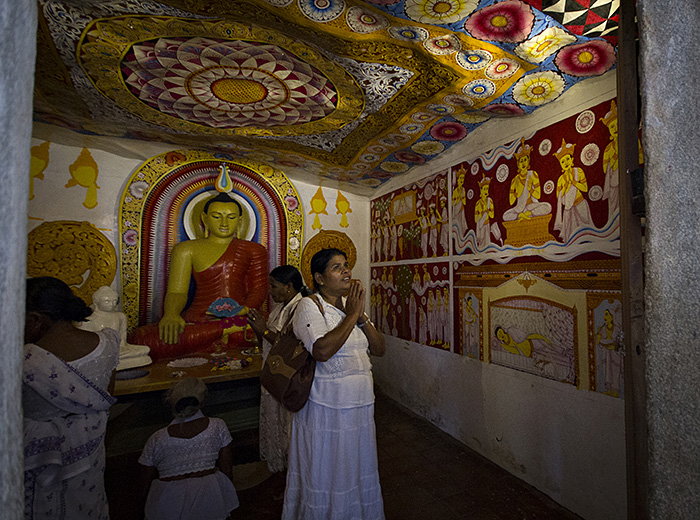 Often the Buddha statues are inside small crypts.
Often the Buddha statues are inside small crypts.
 And finally, the most spectacular of Sri Lankan Buddhist temples: the Dambulla Cave Temple. It is a complex of five different temples carved directly into one large rock. The first temples date back to 2000 years ago, done by Buddhist hermits.
And finally, the most spectacular of Sri Lankan Buddhist temples: the Dambulla Cave Temple. It is a complex of five different temples carved directly into one large rock. The first temples date back to 2000 years ago, done by Buddhist hermits.
In the photo, one of the two big temples. The other three, instead, are very tiny, you can just enter.
 On the rock ceiling there are paintings and all around there are statues and Buddhist deities.
On the rock ceiling there are paintings and all around there are statues and Buddhist deities.
Well, a very “Buddhist” post. As I said, in the central-south are predominantly Buddhist while in the north-east, where I will go in the next few days, they are predominantly Hindu. So be prepared for many Hindu deities for the next time. However, besides Buddhists and Hindus there are also many Christians and Muslims spread homogeneously.
Ok, I’ll write again in about two weeks. See you soon! ![]()






















































